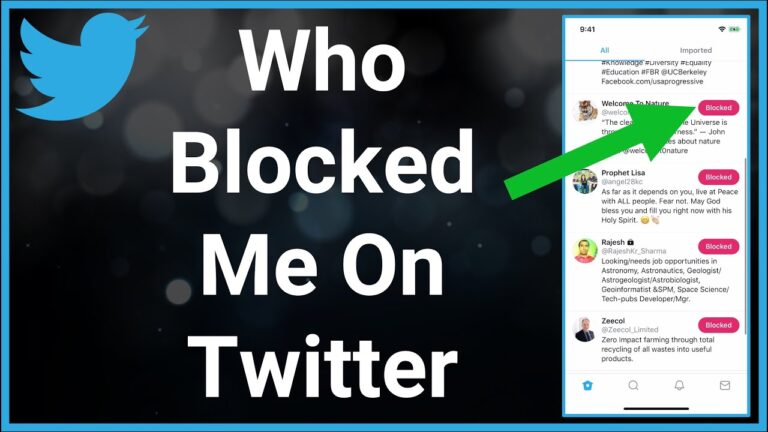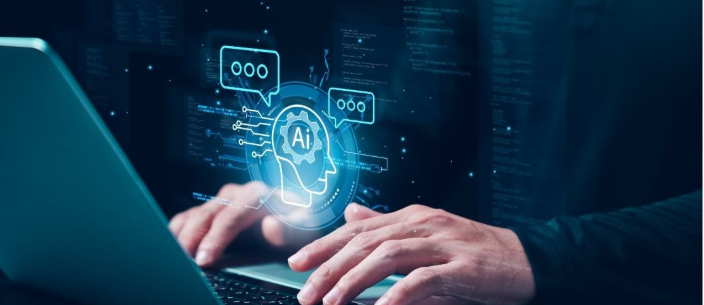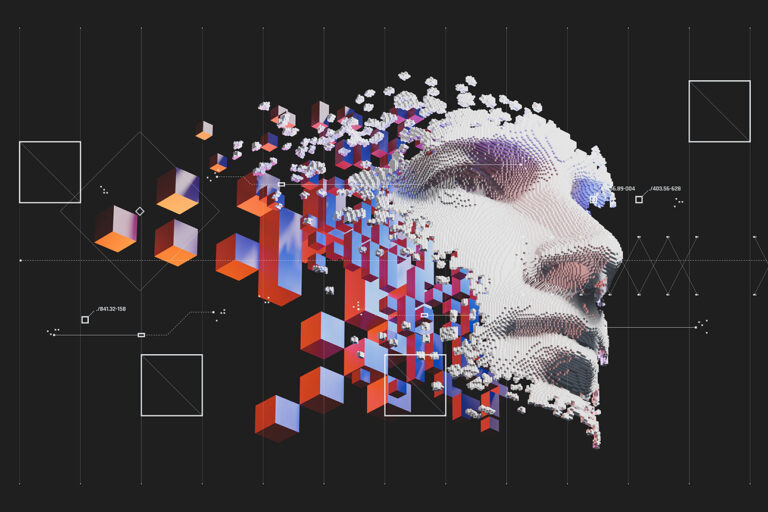
Influencersginewuld is quickly becoming a buzzword in digital marketing circles, sparking curiosity and speculation. As the influencer economy evolves, this term encapsulates a unique and futuristic approach to brand collaboration, social engagement, and content-driven influence. Whether you’re a marketer, brand strategist, or content creator, understanding influencersginewuld could unlock new levels of reach and relevance in a saturated market.
In this article, we’ll explore what influencersginewuld really means, its potential impact on influencer strategies, and how it can be leveraged for long-term success. From deep trends to innovative engagement models, this guide breaks down everything you need to know about this emerging concept.
What is Influencersginewuld? A Modern Marketing Phenomenon
At its core, influencersginewuld combines the terms “influencer,” “engine,” and a futuristic twist on the word “wield” — symbolizing a powerful engine of social influence. It refers to a cutting-edge framework that empowers influencers to wield more creative control, AI-driven insights, and personalized strategies in collaborations. In simple terms, it’s about influencer marketing 2.0 — smarter, more adaptive, and tech-enhanced.
The influencersginewuld model centers around decentralization, where influencers are no longer just tools for brands, but strategic partners with their own micro-ecosystems. These ecosystems are powered by data analytics, AI-driven trend forecasting, and deeper audience segmentation — enabling laser-targeted campaigns. This approach is rapidly gaining traction in industries like fashion, tech, wellness, and gaming.
The Core Elements Behind Influencersginewuld
To understand influencersginewuld fully, it’s essential to break down its components. The first pillar is creative autonomy. Influencers are no longer scripted content machines; they’re becoming brand storytellers with greater control over narrative and execution. This autonomy increases authenticity, which is one of the most valued traits among modern audiences.
The second element is tech integration. Influencersginewuld thrives on tools like AI-driven content schedulers, predictive engagement algorithms, and AR/VR experiences that create immersive campaigns. Influencers using this model have access to real-time data, allowing for agile content creation and adaptation. This creates a more fluid, responsive engagement cycle that benefits both influencers and brands.
Influencersginewuld vs Traditional Influencer Marketing
Traditional influencer marketing often involved flat-rate posts, generic hashtags, and inconsistent ROI tracking. Influencersginewuld challenges this by introducing a data-first approach, where every campaign is guided by audience behavior, conversion metrics, and predictive modeling. This turns marketing into a science, not just an art.
Moreover, in influencersginewuld campaigns, value exchange is more dynamic. Rather than being paid solely in currency, influencers may receive equity, royalties, or long-term partnerships. This aligns their success with the brand’s growth, fostering deeper collaboration. Such models are particularly popular among Gen Z influencers, who seek more meaningful and impactful roles in the creator economy.
How Brands Can Benefit from Influencersginewuld
Brands that adopt the influencersginewuld model gain higher ROI and brand loyalty. By working with influencers as long-term collaborators rather than one-off promoters, they build brand consistency and recognition. Brands can also access niche audiences with hyper-relevant content — thanks to influencer micro-ecosystems.
Another major benefit is sustainability in marketing efforts. Influencersginewuld campaigns tend to perform better over time because they are designed with scalability in mind. AI-powered feedback loops help brands quickly pivot strategies, avoiding the typical trial-and-error marketing pitfalls. In turn, this makes campaigns more cost-effective and results-driven.
The Future of Influencersginewuld: Trends to Watch
As the digital landscape continues to evolve, influencersginewuld is expected to intersect with technologies like blockchain, metaverse, and Web3. For example, influencers may use smart contracts to manage brand deals or release NFT-based content to reward followers. These innovations will provide new revenue streams and engagement tactics.
Additionally, the rise of community-driven content will play a critical role. Influencersginewuld encourages collaboration not just between brands and creators, but between creators and their audiences. Expect to see more co-created content, fan-voted campaigns, and user-generated product launches. This participatory model enhances brand transparency and consumer trust.
Conclusion
The emergence of influencersginewuld signals a paradigm shift in how we approach influencer marketing. No longer a one-size-fits-all strategy, this model is data-driven, collaborative, and technologically enhanced — making it ideal for brands and creators who want to stay ahead in an ever-competitive landscape. Whether you’re looking to evolve your current strategy or explore new frontiers in digital engagement, embracing influencersginewuld is the step forward your brand needs.
Frequently Asked Questions (FAQs)
1. What exactly does influencersginewuld mean?
Influencersginewuld is a next-gen influencer marketing strategy that integrates tech, autonomy, and long-term brand-influencer partnerships.
2. Is influencersginewuld suitable for small businesses?
Yes, especially for niche brands looking to target specific communities with more personalized influencer campaigns.
3. How is influencersginewuld different from traditional influencer marketing?
It emphasizes long-term collaboration, data analytics, and creative autonomy rather than one-off, scripted posts.
4. What industries can benefit most from influencersginewuld?
Fashion, gaming, tech, wellness, and lifestyle brands are already seeing huge benefits from this strategy.
5. Does influencersginewuld involve AI tools?
Yes, it leverages AI for audience insights, trend prediction, content optimization, and performance analysis.
6. Can influencersginewuld improve ROI?
Definitely. The data-driven nature of this model makes it easier to measure, adjust, and improve results over time.
7. Is influencersginewuld future-proof?
It’s designed to adapt with emerging technologies like AR, VR, and Web3, making it highly scalable and future-ready.
8. How can influencers prepare for influencersginewuld?
By building micro-communities, learning data tools, and focusing on authenticity and storytelling.
9. Are there platforms that support influencersginewuld?
Many influencer platforms are integrating features aligned with this concept, such as CreatorIQ, Upfluence, and Impact.com.
10. Where can I learn more about implementing influencersginewuld strategies?
Marketing blogs, digital strategy courses, and consulting with influencer agencies that specialize in innovative approaches.





